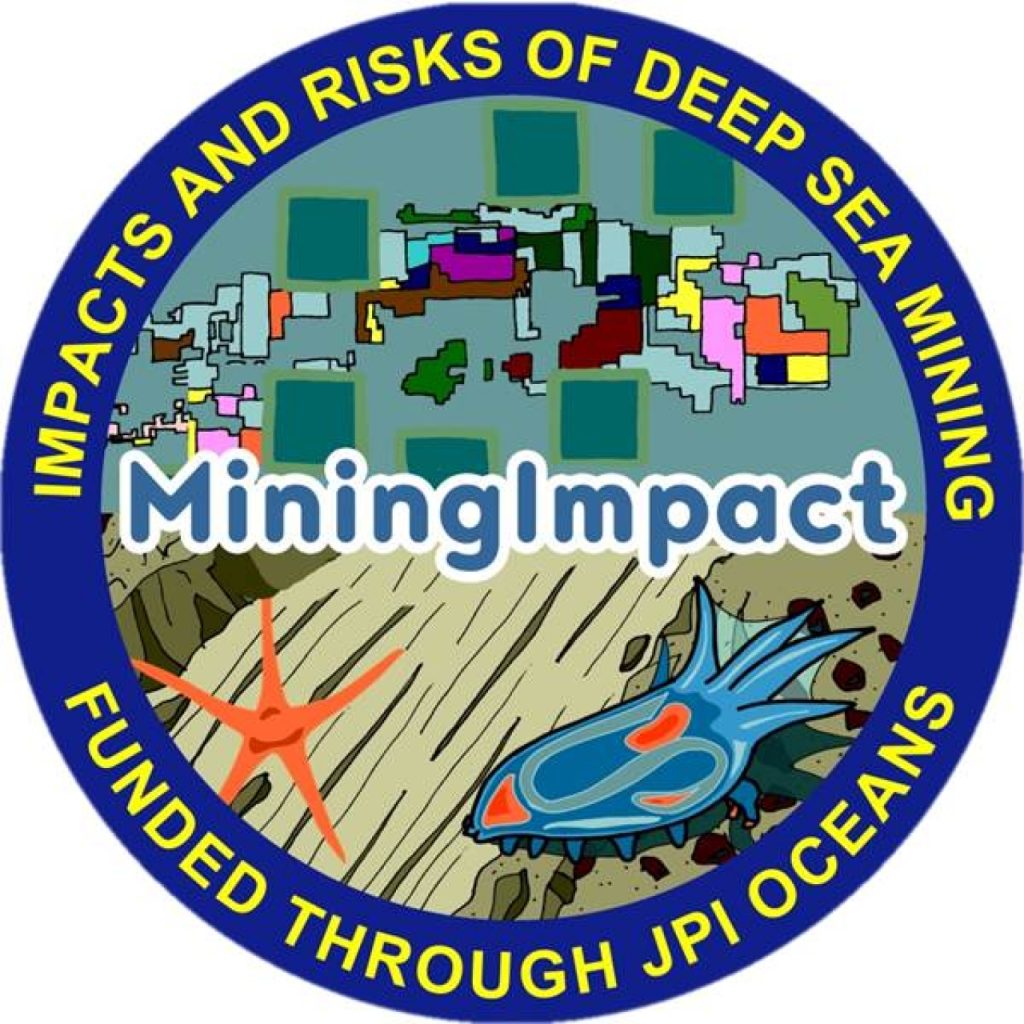

Researcher
Ester Dias is a Biologist and holds a M.Sc. in Applied Ecology (2007) and a Ph.D. in Environmental and Marine Sciences (2014), completed at the University of Porto. She is currently a post-doc researcher at CIIMAR were she is studying the life history plasticity of diadromous species. Her research interests also include estuarine ecology and biological invasions, and the use of ecological tracers (e.g. stable isotopes) to characterize food webs and fish movements.









